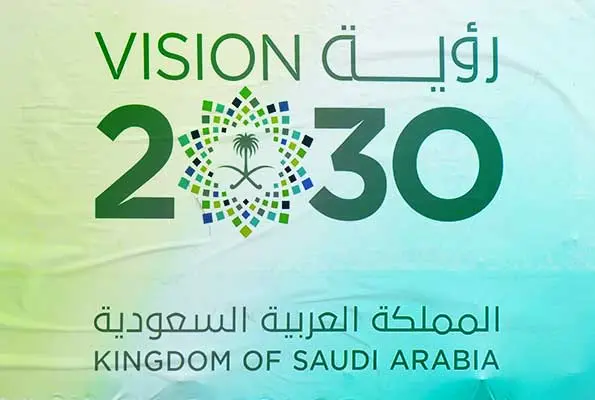The World Defence Show (WDS) in Saudi Arabia offered a new perspective on the country’s ambitious “Vision 2030” initiative and demonstrated the industry’s desire to support the endeavour globally.
The General Authority for Military Industries (GAMI) of the Kingdom states that the event, which took place close to Riyadh from February 4–8, came to an end after 61 orders totalling SAR 26 billion (USD 6.9 billion) were finalised. However, GAMI did not specify the nature of the transaction that was completed.
“A significant platform for international defence cooperation and innovation, the show saw the signing of 73 Memorandum of Understanding [MoU] agreements, of which 17 were offset agreements,” the statement reads.
Lockheed Martin signed a contract with Saudi subcontractors to supply equipment for its Terminal High Altitude Area Defence system in one of the few deals that were made public, but other than that, aviation-related advancements were kept under wraps.
On the first day of the exhibition, Leonardo stated that it had inked a Memorandum of Understanding (MoU) with GAMI and the Saudi Ministry of Investment, “with the objective to explore, develop and evaluate a variety of investment and collaboration options in the defence and aerospace sector.”
According to Leonardo, possible areas of concentration include “the space industry, airframe MRO, localisation of electronic warfare systems and radars, and helicopter assembly.” During the exposition, the airframer showcased its products, which included the AW159 Wildcat helicopter and its derivative, the C-27J tactical transport and maritime patrol aircraft.
The European business claims that “this MoU also provides the parties a focus on specialised areas of collaboration in both combat air and cross-domain integration fields.” Unmanned systems, integrated sensors, digital technology, industrialisation processes, and human capital development are a few examples of these.
Turkish Aerospace and Honeywell were among the other signatories to the Memorandum of Understanding. The latter’s display included prototypes of products still in development, such as the T625 helicopter and the Kaan next-generation fighter.
106,000 people attended the second biennial WDS exhibition, which gathered 773 exhibitors from 76 countries, according to GAMI. It continues, “441 official representatives from 116 countries were present.”
The strong interest Saudi Arabia is receiving as a significant player in the defence industries sector, according to GAMI governor Ahmad Al-Ohali, “truly gratifies us.”
He continued, “World Defence Show 2024 has successfully brought together innovators and business executives from around the world, demonstrating our country’s expanding impact and capabilities.”
Vibrant Vision
The Vision 2030 initiative of Riyadh aims to increase the country’s industrial capabilities domestically and localise at least 50% of defence spending by the end of the decade, up from 13.6% at the end of 2022—the most recent statistic that was made public. This presents a problem for the country and foreign businesses looking to partner with it to supply its armed forces with cutting-edge gear like fighter jets.
With the UK government-led Typhoon bid reportedly leading the competition for a 54-aircraft need, BAE Systems, Boeing, and Dassault Aviation showcased their Eurofighter Typhoon, F-15EX, and Rafale systems. Only Boeing, though, was able to share its promotional activities openly due to the delicate nature of the talks with Riyadh.
Even though Boeing and BAE have been working with the Saudi industry for decades, they must go above and beyond to meet the “Vision 2030” aim, such as setting up a local facility to assemble modern fighters.
“We were already working with the [local] industry as part of our commitment to ‘Saudiisation,'” explains Torbjorn Sjogren, vice president and general manager of services at Boeing.
“Compared to earlier times, those demands are higher now. We will keep improving and changing,” the senior official continued further.
The in-country assembly of components provided by the United Kingdom was part of the recent introduction of BAE Hawk 165 advanced jet trainers by the Royal Saudi Air Force.
A significant number of Chinese and Russian businesses were also present at the WDS event; Beijing committed to sending a squad of aerobatic display pilots to take part in the daily flying display on August 1.
Moscow displayed product models, such as the Sukhoi Su-75 Checkmate, which is still under construction, and an export-only Ilyushin Il-76MD-90A transport, which made an appearance in a static area.
As its self-imposed 2030 deadline approaches, Riyadh will be looking to finalise additional transactions and bolster its domestic industry to become a more significant role in the defence sector in the upcoming WDS instalment in 2026.



